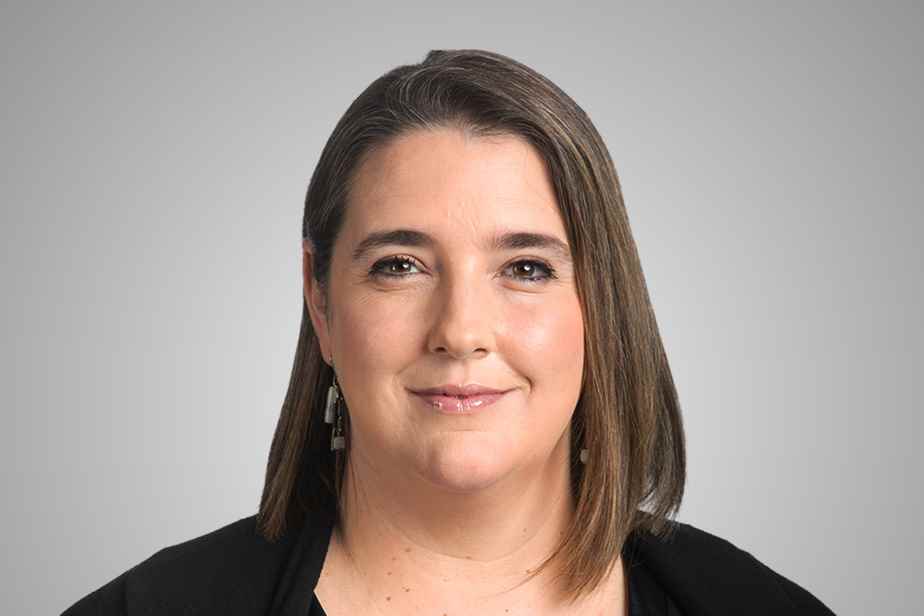An international treaty that can save lives. Difficult negotiations that yield watered down results. The United States which, despite the fine speeches, refuses to join. Civil society organizations demanding more political leadership. Does this scenario ring a bell?
Yes, it is that of the COP15 on biodiversity which has been taking place since this week at the Palais des Congrès in Montreal. But it was also the scenario that prevailed before a pivotal moment in Canadian diplomatic history a quarter of a century ago.
In 1996, faced with the deadlock in UN negotiations to reach a treaty banning anti-personnel mines, which killed more than 30,000 people annually, Canada’s Foreign Affairs Minister, Lloyd Axworthy, challenged the member states of the United Nations united.
He gave the international community a year to pull itself together and agree on a formal agreement to turn its back on “the weapon of cowards”. His main allies? A wide range of non-governmental organizations that had come together under the banner of the Campaign to Ban Landmines (ICBL).
Together, they achieved a real feat.
On December 3, 1997, 122 countries adopted the Ottawa Treaty banning anti-personnel mines after a year of intense negotiations.
The same year, ICBL and its coordinator, Jody Williams, received the Nobel Peace Prize. The honor fell directly on Canada.
With the holding of COP15 in Montreal on 25e anniversary of this exemplary success story went almost unnoticed this week. Yet, more than ever, we need to remember that the story of David and Goliath is not confined to the Bible and the Koran. In real life, the unlikely hero once sported a maple leaf sling.
“It still brings tears to my eyes when I think we’ve managed to do this,” said Mark Gwozdecky, one of the diplomats who was at the heart of the negotiating team that brought about the Ottawa treaty, today. We did what no one thought possible. We challenged the major powers who did not want such a treaty. And we had to deal with some of our closest allies who were pretty miffed,” he recalls. Read: the United States which has never adhered to the treaty, but respects its broad outlines.
In fact, after Lloyd Axworthy issued his call to action, Mark Gwozdecky and his colleagues had no idea how they would get to the finish line. The months of diplomacy that followed were of rare intensity.
To succeed in banning anti-personnel mines, Canada has completely set aside the UN manual and imposed its own process. “When the negotiations take place with the rules of the United Nations, it is done by consensus and it is therefore the lowest common denominator that prevails. We have released ourselves from the rules of the UN and it is the highest human values that have taken precedence,” explains the former assistant deputy minister of Global Affairs Canada.
And we can’t talk about a falling out with the United Nations. What is now called “the Ottawa process” took place with the blessing of the secretary general of the international organization.
The results speak for themselves. After the treaty came into force in 1999, the number of mine victims fell from around 30,000 per year to just over 4,000 on average. Tens of millions of mines have been destroyed around the world and 30 countries have been completely cleared. Today, the convention is ratified by 164 countries.
And the lessons for the Canadian government in these times of major environmental negotiations? “When there is a coordinated network of non-governmental organizations leading the way, anything is possible,” believes Mark Gwozdecky, who recalls that the Chrétien government was well aware of public support for the eradication of anti-personnel mines before to embark on this adventure.
“It’s up to Canadian politicians to have the courage to take action without letting their conduct be dictated by any master of the game,” adds Richard Fitoussi, a filmmaker who has devoted several films to the impacts of mines. anti-personnel and who is currently putting the finishing touches to an opus dedicated to the Ottawa treaty and its craftsmen.
Founder of the organization Handicap International, Jean-Baptiste Richardier was also involved in all these diplomatic adventures. His organization, which has since been renamed Humanity and Inclusion, works with landmine survivors around the world. Together with five other organisations, HI initiated international advocacy to eradicate them.

PHOTO FRANÇOIS ROY, THE PRESS
Involved in HI, were in Ottawa Philippe Chabasse, a French humanitarian doctor who played a role in the negotiations that led to the Ottawa treaty, Gniep Smoeun, one of the first victims treated by HI, Anne Delorme, general manager of HI Canada, and Jean-Baptiste Richardier, its founder.
Mr. Richardier was in Ottawa on Monday with several colleagues to celebrate the 25e anniversary of the treaty, but took the opportunity to remind the Canadian government that the battle is not over.
In addition to the proliferation of improvised mines in several conflicts, the massive use of antipersonnel mines in Ukraine and Burma is worrying. If the trend continues, banned mines will kill five times more people this year than in 2021, a terrifying leap. Meanwhile, international resources devoted to the cause are dwindling.
Ottawa’s leadership has faded in the file.
“In four decades, we have seen great strides forward. I cannot conceive that the Canadian government does not identify more with this victory, notes Mr. Richardier. Today, we need Canada to take up the flag again. Let him take up the sling again.
